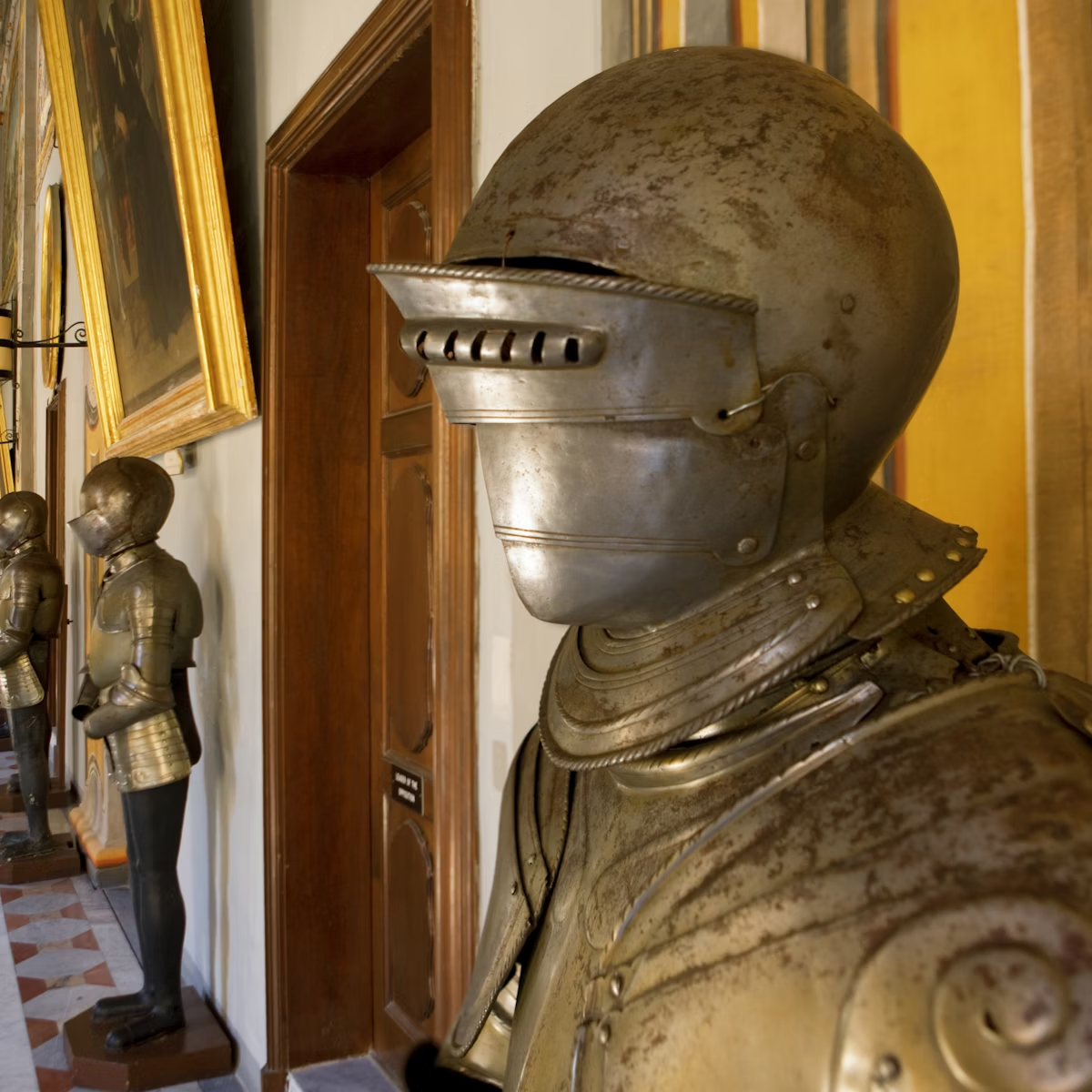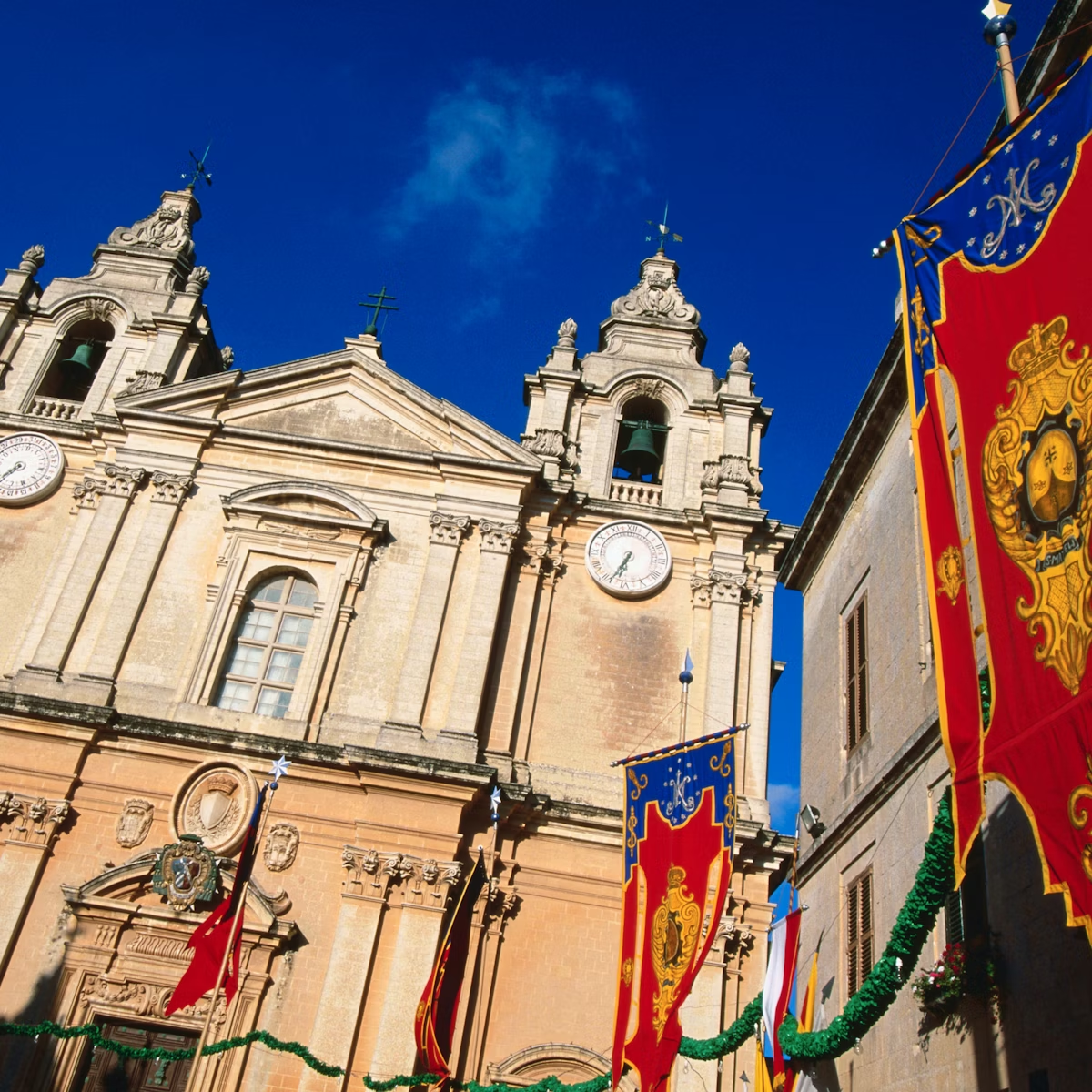Fungus Rock is known in Malti as 'Il-Ġebla tal-Ġeneral' (the General's Rock). Both its names derive from the fact that the Knights of St John used to collect a rare plant from the rock's summit. The plant (Cynomorium coccineus) is dark brown and club-shaped, and grows to about 18cm in height. It is parasitic and has no green leaves, which is why it was called a fungus or, in Malti, 'għerq tal-Ġeneral' (the General's root).
It's native to North Africa, and Fungus Rock is the only place in Europe where it's found.
During the time of the Knights, extracts from the plant were believed to have powerful pharmaceutical qualities, and were said to stem bleeding and prevent infection when used to dress wounds. The miracle plant was also said to cure dysentery and ulcers, and was used to treat apoplexy and venereal diseases. It was long known to the Arabs as 'the treasure among drugs', and when a general of the Knights of St John discovered it growing on a rock on Gozo, he knew he had struck gold. A rope was strung between the mainland and the rock, and harvesters were shuttled back and forth in a tiny, one-man cable car. In 1637 the Knights built the fortress of Qawra Tower from which to guard the precious resource, and they sheared the side of the rock to make it impossible to climb. As well as being much in demand in the Knights' hospitals, it was sold at a high price to the various courts of Europe. However, pharmacologists have since found it doesn't impact health in the ways it was thought, though it has been shown to lower blood pressure.







